The full name of the founding seal is " "Seal of the Central People's Government of the People's Republic of China", engraved by the master of engraving Zhang Yuecheng, completed on October 31, 1949, Using Song font, the size of the seal is symmetrical, the font is solemn and solemn, the overall seal is square, the side is 9 cm long, the thickness is 2.5 cm, the seal handle It has a round handle and is slightly concave in the middle.
The seal body and handle are made separately and then screwed together. The copper color of the seal is soft, and its texture is harder and denser than other government department seals. The overall shape has a square beauty and a solemn atmosphere. .
There are many stories behind this first seal of the founding of the People's Republic of China, and perhaps the most curious one is Yes, why did Chairman Mao set the font of the Great Seal to Song Dynasty.
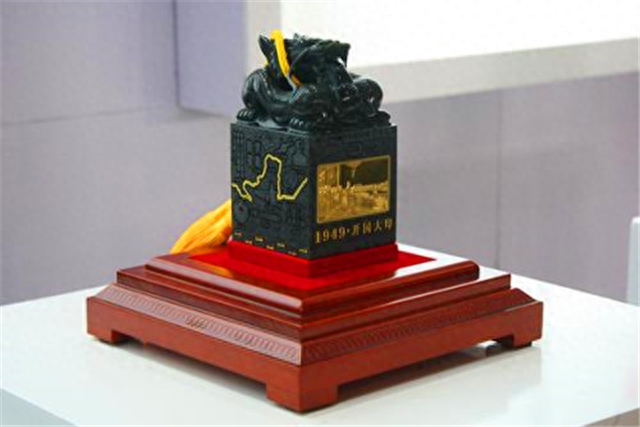
If the national seal is engraved, who will receive the flower?
In June 1949, the preparatory meeting of the National Committee of the Chinese People's Political Consultative Conference held its first meeting in Zhongnanhai. At the meeting, Premier Zhou entrusted Chen Shutong, a former Qing Dynasty scholar and editor of the Hanlin Academy who was proficient in epigraphy and calligraphy, to handle the matter of the founding seal. Qi Yanming Help from the side.
Qi Yanming (1907-1978) used to use the names Qi Zhenxun, Qi Zhen, Tian Zaidong, and the pen names Qi Lu, Ye Zhiyu, etc. Mongolian. Pekingese. Born into a declining Mongolian feudal aristocratic family, his surname was Qilite. He has been diligent and studious since he was a child, and is interested in engraving, calligraphy and Peking Opera. He is the last representative of the "Tongcheng School" and a disciple of Wu Beijiang, a famous Chinese classics master, ancient writer, author, poet and educator in modern China. The famous poets and calligraphers Zeng Kezhuan, He Kongcai, Yu Shengwu and Pan Boying were all disciples of Wu.
——Quoted from Toutiao Encyclopedia
Qi Yanming grew up in Beijing and had some knowledge of calligraphy. He was very familiar with Qi Yanming, an engraving craftsman with good character and ability in Beijing. Qi Yanming invited Zhang Yuecheng, Tang Zuishi, Dun Lifu, Wei Changqing and other famous seal masters to Beijing Hotel. During the dinner, Everyone laughed and talked, and when discussing the engraving of the founding seal, among the famous people, only Zhang Yuecheng was good at engraving copper seals.
Therefore, Zhang Yuecheng took on the responsibility of seal management under the unanimous recommendation of everyone. After receiving the task of engraving the founding seal of the People's Republic of China, Zhang Yuecheng concentrated on the production, read through the materials, and drew four first drafts in different fonts, namely official script, Song style, Han seal script, and Qin seal script.
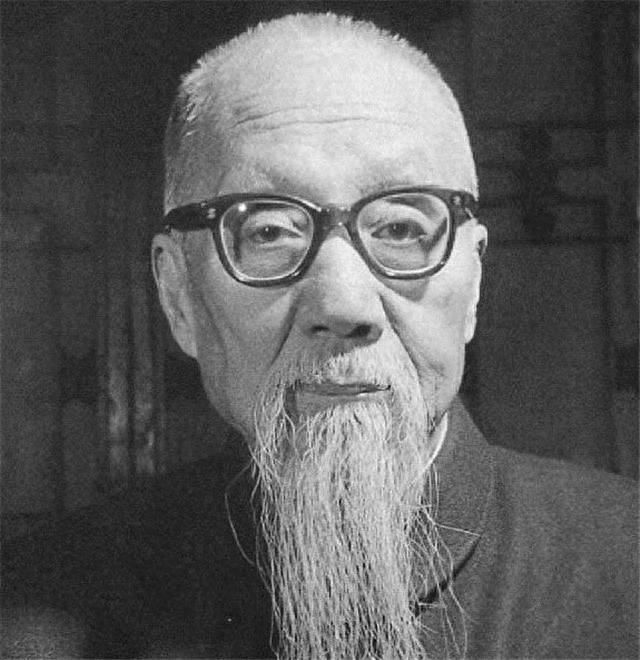
Chen Shutong
After completing the first draft, Zhang Yuecheng handed it to Qi Yanming and asked the leaders to review it. A few days later, Qi Yanming excitedly told Zhang Yuecheng that Chairman Mao had chosen the Song Dynasty manuscript, and the task of engraving the founding seal was officially entrusted to Zhang Yuecheng.
After Zhang Yuecheng learned about it, he couldn't restrain his joy and said excitedly: "Very good! Very good! I will definitely live up to the great trust." After Qi Yanming left, Zhang Yuecheng said to his family and apprentices: < strong>"Chairman Mao really has the people in his heart! This shows that the Communist Party is the people's Communist Party."
Since ancient times, the seal fonts of all dynasties have been seal scripts. However, Chairman Mao chose the final version of Song script, which can only Let the common people understand and recognize it. The Communist Party really has the common people in mind, which is great!
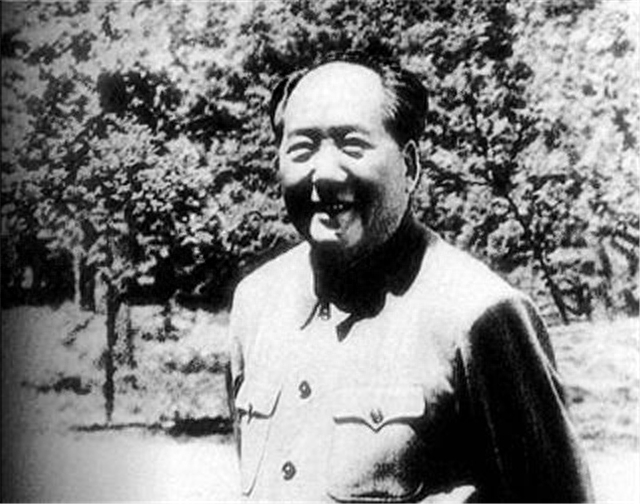
Thinking about it, if the seal script is chosen according to the old customs, then the common people's unfamiliarity with seal script will naturally deepen the strangeness of the zigzag characters engraved on the founding seal. Such a sense of distance and strangeness is definitely not the party's What the country and the country want to see is not what Chairman Mao expected.
After the calligraphy was finalized, Zhang Yuecheng took his son Zhang Youcheng and his apprentices to start the production. They found raw materials, melted copper, cast, polished, filed, and polished. After completing these processes, Zhang Yuecheng began to draw the pattern and write " Seal of the Central People's Government of the People's Republic of China".
Carefully carving with a chisel, down to the smallest detail, Zhang Yuecheng paid great attention to every detail and did not dare to ignore any detail. After the sealing is completed, according to the rules, the four corners need to protrude, leaving a high platform, and the "unsealing" must be smoothed before the official use. The national seal is numbered No. 1, and the remaining government seals are numbered in sequence.
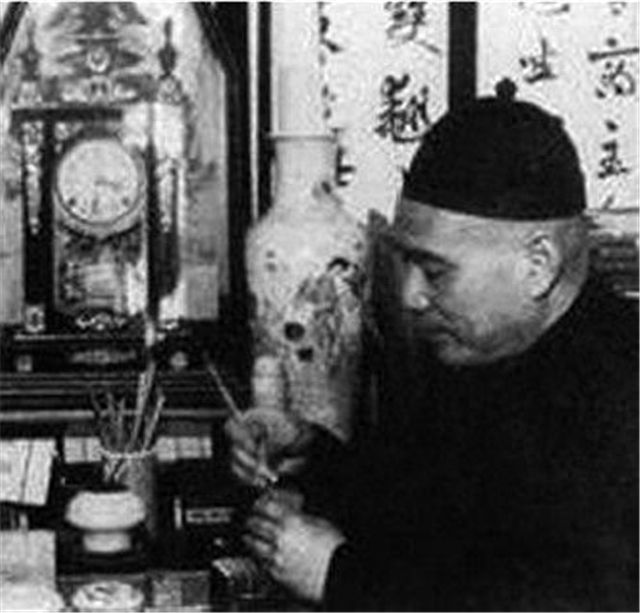
Excellent in both arts and crafts, never forgetting his roots
Zhang Yuecheng, a native of Xinhe County, Hebei Province, came from a poor family. Although he was not very knowledgeable, he was extremely talented in engraving and was good at calligraphy. In 1895, Zhang Yuecheng took the He picked up a light baggage and embarked on the road to leave his hometown, trekking to Beijing on foot, and became an apprentice in Liulichang. He was a diligent person, studied the seal cutting skills assiduously, and studied the masterpieces of his predecessors day and night.
He officially started his apprenticeship in 1899. With his excellent skills and superb standards, more and more people asked Zhang Yuecheng for seals. In 1908, Wang Yu, the owner of Zaoyu Hall in Liulichang, asked Zhang Yuecheng to engrave the "Dragon Flying Tiger Crouching" written by Liang Qichao, and it was carved into Later, Zhang Yuecheng became famous in one fell swoop. When Sun Dianqi saw this work, he couldn't help but praise it: "It's a real silver hook and iron painting."
Zhang Yuecheng was gifted and studious, and had an excellent memory. He could never forget the masterpieces he had copied from his predecessors. After establishing his own business, he still studied every day and kept writing, and his engraving level became higher and higher.
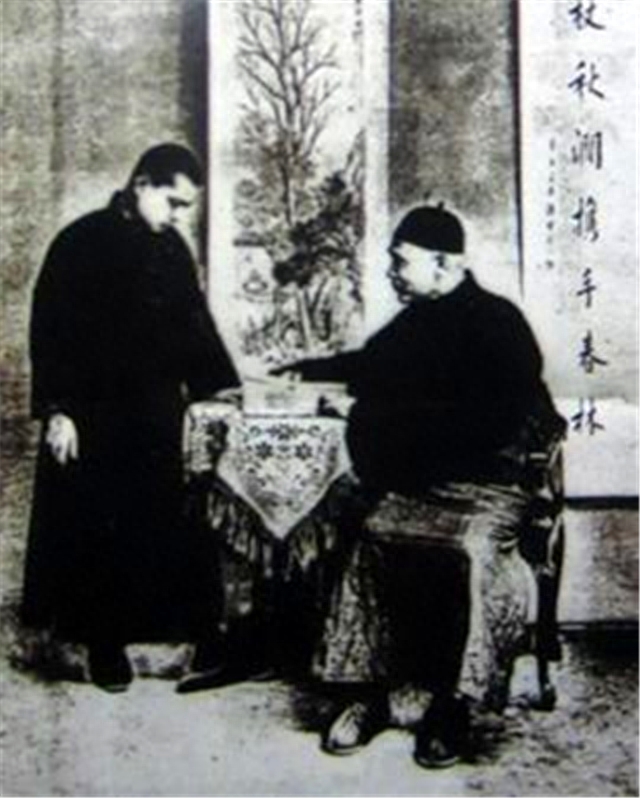
The seals carved by Zhang Yuecheng are dignified, majestic and solemn, and are loved by the royal family, warlords and famous figures. Zhang Yuecheng once made 8 seals for Puyi. The seals he carved later became an important basis for identifying the paintings collected by the Qing Dynasty royal family.
In 1910, Zhang Yuecheng began to engrave copper ink cartridges on the side. With his talent and hard work, he soon became famous for making copper seals. He carved seals for princes and nobles such as Zai Tao, Zai Ze, Bao Xi, and Rong Zhen. The family gradually became richer.
In 1912, when the Republic of China was established and the Qing Dynasty fell, Zhang Yuecheng ruled as the head of the successive Beiyang governments. The era was turbulent and warlords were fighting. Beiyang leaders came and went. The only thing that remained unchanged was that after taking office, all the generals of the Republic of China asked Zhang Yuecheng to engrave the seal. In terms of seals, Feng Yuxiang, Zhang Zongchang, Duan Qirui, Tang Shaoyi, Cao Rulin, Bai Chongxi and others have made seals.
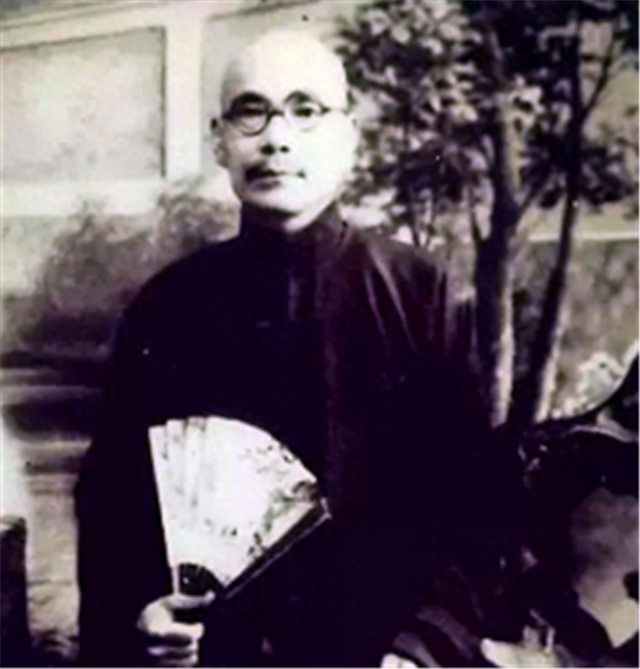
In the same year, Zhang Yuecheng set up his own business and named it "Tonggutang". The name of the store came from the fact that Zhang Yuecheng obtained a rare bronze drum from the Han Dynasty, which was regarded as the treasure of the store. The store name was "Tonggutang", "Bronze Drum" It is also "similar to the ancient times", using a homophone, and the word "copper" also points out that Zhang Yuecheng is good at curing copper seals.
This extraordinary bronze drum was bought by Zhang Yuecheng when he visited the "ghost market". At that time, the bronze drum was covered with black mud and the patina was not rubbed off. When Zhang Yuecheng saw the faint uneven patterns on the bronze drum, he felt that it was not an ordinary object and bought it. After returning home, I cleaned it carefully, read the information and asked knowledgeable friends, and learned that it was a bronze drum from the Han Dynasty. I felt that it was destined and loved it very much.
After liberation, Zhang Yuecheng also carved seals for Premier Zhou Enlai and Zhu Dezhuan, but he never used this matter to publicize it. After the founding seal was completed, the staff of the General Office of the Central Committee paid huge remuneration for the cost of seal processing. , Zhang Yuecheng insisted not to take it, and after the old man's strong refusal, the staff had no choice but to take the money back.
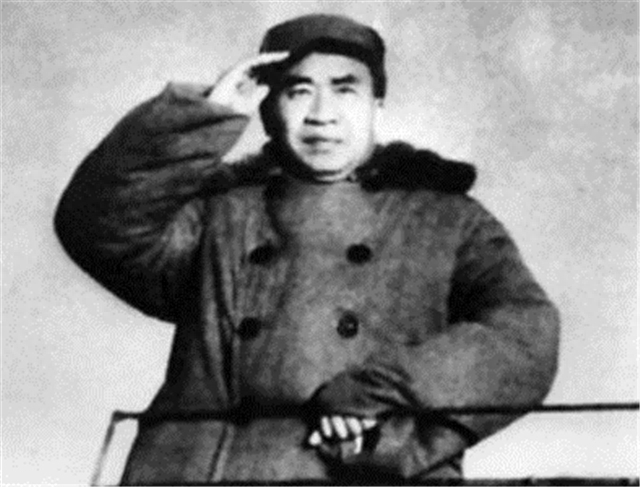
When Zhang Yuecheng was young, he came from a poor family and suffered a lot of poverty. However, he was diligent, studious, smart and intelligent, and worked hard to learn his craft. In his thirties, he became famous, but he was always modest and frugal, never proud and complacent. In addition, he was good at communication, and the Tonggu Hall was often filled with guests.
Zhang Daqian, Yao Hua and other people often painted on ink cartridges, and then Zhang Yuecheng carved them out. The calligraphers and painters chatting with them in the ancient hall often talked about their excitement while drinking tea, and asked the waiters to bring out the words. He left some calligraphy and painting samples with ink and asked Zhang Yuecheng to engrave them,. The Dharma spreads the spirit and is loved by the world.
Lu Xun also loved engraving. In Lu Xun's diary, he visited Liulichang more than 400 times. He asked Zhang Yuecheng for seals many times, mainly wood seals. Lu Xun's diary records: "The tutor once asked Zhang Yuecheng for seals. The two wood seals carved in Tonggutang are quite good." The word "very good" is already Lu Xun's highest evaluation of others.
Zhou Jilie, who was good friends with Zhang Yuecheng's son Zhang Youcheng, mentioned in an article About Tonggutang that "Lu Xun once saw a "strange bird" cartridge in Tonggutang. Mr. Lu Xun saw this The ink cartridge is different from other ink cartridges. The pattern and shape are special and interesting. I like it very much and bought it on the spot.”
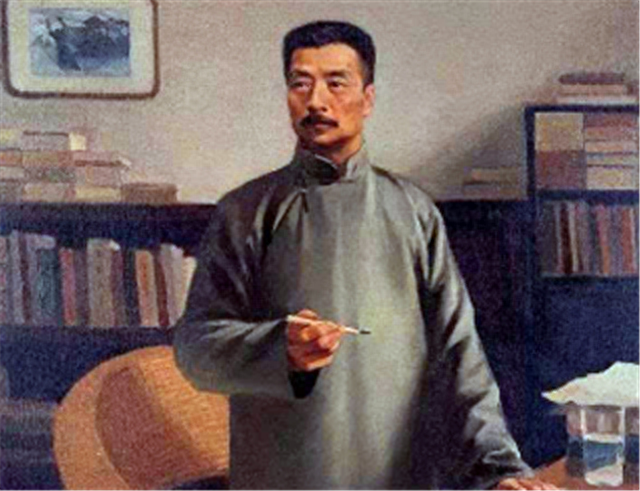
The article also mentioned that "In 1932, Mr. Zhang Yuecheng told Mr. Zhang Yuecheng about the proposed seal genealogy. After Mr. Zhang Yuecheng found out, he gave all the paper in his hand to Mr. Lu Xun."
In 1935, Shi Yiju was compiled. The book records the seals of Puyi, Li Zongren, Qi Baishi, Zhang Daqian, Lu Xun and other celebrities. Zhang Yuecheng made about 100,000 seals in his lifetime, and the sealing time spanned three eras.
From princes and nobles, Beiyang warlords to New China, I have witnessed China's political reform, social turmoil, and people's livelihood turbulence. He was born in a humble age and rose up in power later, but he never bullied the people or followed the trend. After he became famous, he never forgot his roots and always devoted himself to governance. He behaved in a humble and friendly manner. His family, apprentices, and assistants all ate at the same table. Everyone was equal, and he supported his young disciples.
In terms of skills, Zhang Yuecheng has superb skills and respects the inheritance of art. In terms of family tradition, Zhang Yuecheng comes from a wealthy family, but he always helps the poor people. He is clean and self-sufficient and has a strict family tradition. He and his family are not allowed to engage in prostitution, gambling, tobacco and alcohol.

Be low-key and indifferent to fame and fortune
After the founding seal of the People's Republic of China was completed, the seal of the Beijing Municipal People's Government was also ruled by Zhang Yuecheng. However, Zhang Yuecheng kept a low profile and never showed off that he had engraved the national seal. This also made few people aware of this matter. A version was circulated decades later. There are many, and there are different opinions, but few have been officially recognized. The ones that have been circulated the most and are the most convincing are Dun Lifu, Zhang Yuecheng, and Wang Jinghua.
Until the late 1990s, when the media interviewed Mr. Shi Shuqing, a famous cultural relic appraisal expert in my country, Mr. Shi Shuqing said that the national seal was ruled by Zhang Yuecheng. In a serious and responsible manner, the media interviewed Mr. Shi Shuqing of that year. Wang Jinghua is a fellow master chef and Zhang Yuecheng's son Zhang Youcheng.
Zhang Youcheng recalled that Qi Yanming's car picked up his father. After returning, Zhang Yuecheng began to look for seals and consulted historical archives. After finalizing the choice of Song Dynasty, Zhang Yuecheng began to make seals. The characters carved by Zhang Yuecheng's knife skills were clear and clear. The style is outstanding. After the national seal is completed, it is made on site in a factory that specializes in casting copper seals.
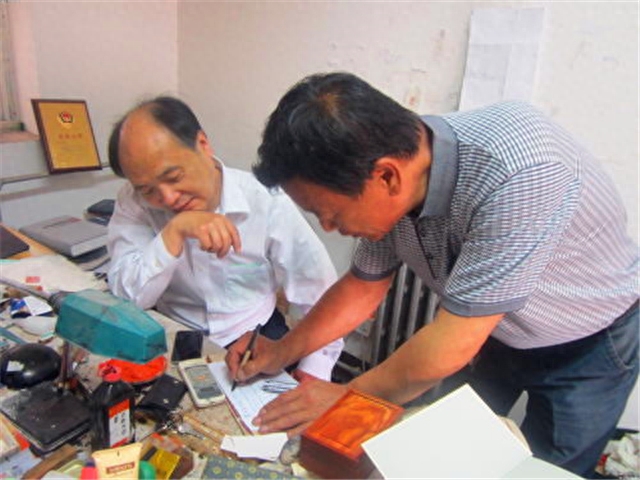
The founding seal is of extraordinary significance
The founding seal had an unusual status from 1949 to 1954. It was a token of national power.
In the early days of the founding of the People's Republic of China, the collective head of state system was implemented. The Central People's Government was the highest authority of the country. Important documents such as major decrees and personnel appointments were issued with official seals. Premier Zhou's letter of appointment, the order of the Central People's Government, and China's first ambassador to the Soviet Union< The credentials submitted by strong>Wang Jiaxiang and the "Land Reform Law of the People's Republic of China" are all printed with the founding seal.
In 1954, the convening of the first National People's Congress marked that the highest power in the country was owned by the People's Congress. The founding seal completed its mission in this year and was handed over to the National Museum by the State Council Secretariat Office. It is displayed in the museum and is still well preserved for future generations to appreciate.
Articles are uploaded by users and are for non-commercial browsing only. Posted by: Lomu, please indicate the source: https://www.daogebangong.com/en/articles/detail/1949-nian-mao-zhu-xi-wei-he-jiang-kai-guo-di-yi-da-yin-zi-ti-ding-wei-song-ti.html

 支付宝扫一扫
支付宝扫一扫 
评论列表(196条)
测试